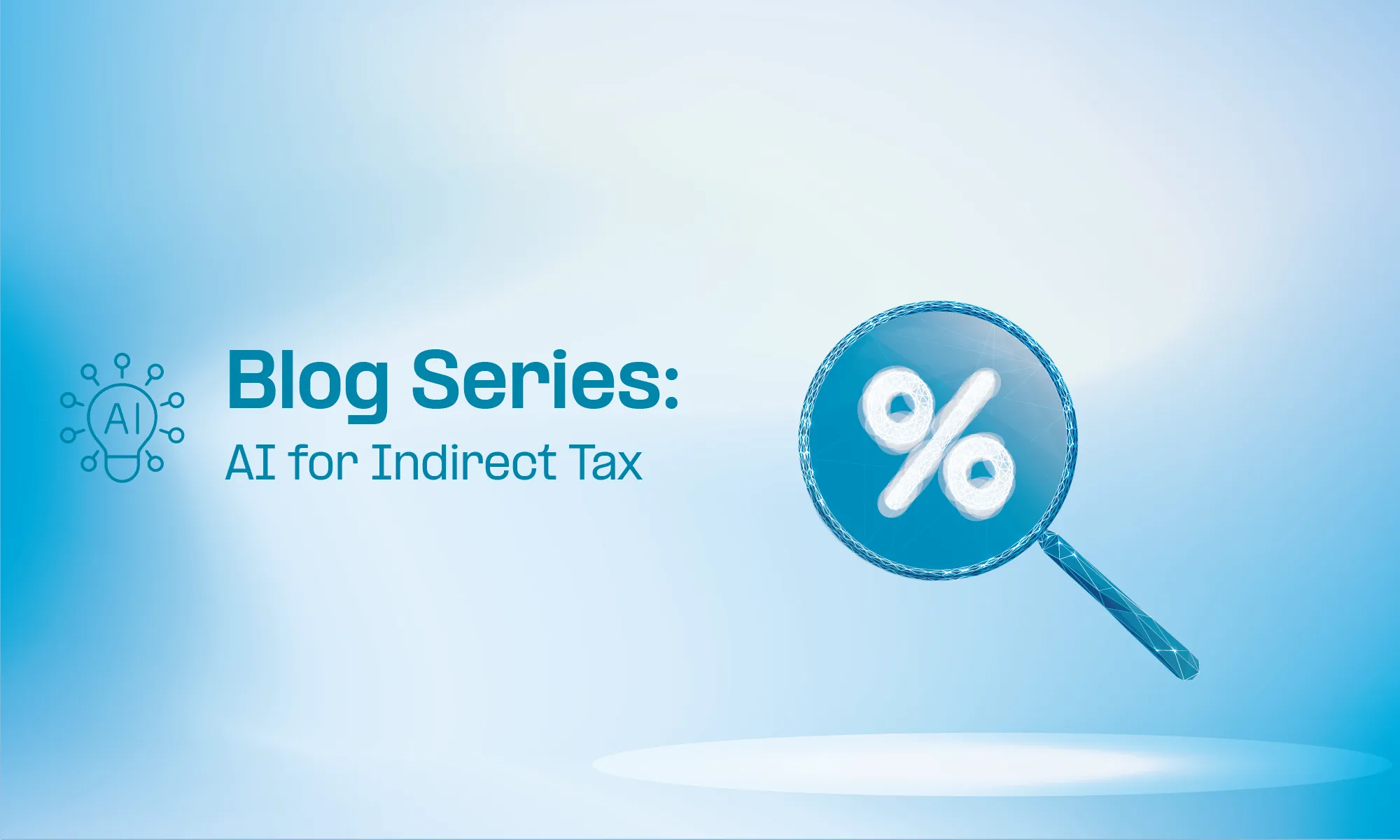Serbia Arabia
E-invoicing Guide
Summary
E-Invoicing
B2G and B2B e-invoicing is mandatory
Digital Reporting
Yes
Serbia Electronic Invoicing and Digital Reporting Requirements
Background
Serbia has two types of Digital Reporting mechanisms in place - Fiscalization and the Electronic Invoicing System.
- Fiscalization was introduced by the Law on Fiscalization in 2004. This mechanism is based entirely on the mandatory usage of fiscal devices, electronic devices used to record taxes owed. The original format of digital reporting via the Fiscalization system was radically changed almost two decades later, by the regulation that became fully effective in 2022.
- The Electronic Invoicing System was introduced gradually starting in 2022. As of January 1st, 2023, it has been implemented in its entirety. The Electronic Invoicing System in Serbia is called E-faktura.
What Types of Businesses Does This Apply to?
- All Serbian VAT-registered businesses
- Tax Proxies and Tax agents representing foreign suppliers
- Voluntary users of the E-Faktura Platform, e.g., entrepreneurs
Governmental Body Responsible for E-invoicing in Serbia
Penalties for Not Adhering to Serbia's E-invoice Mandates
E-invoicing penalties are generally applied for noncompliance related to the following scenarios:
- Invoices are not digitally issued
- Invoices are not digitally received
- Payment of non-compliant invoice
A legal entity - the subject of the private sector, i.e., a private company, should be fined for a misdemeanor offense in the amount of RSD 200,000 to 2,000,000 if they:
- violate the obligation to issue an electronic invoice as defined by the Law on E-Invoicing;
1a) do not record value-added tax electronically following the Law;
- use data available in the electronic invoice system for purposes not prescribed by law;
- do not receive an electronic invoice per the Law on E-Invoicing
What does the e-invoicing process in Serbia look like?
There are two different ways in which the taxpayer can establish a connection with the Serbian E-Invoicing platform - directly and indirectly.
A taxpayer can create a direct connection with the e-invoicing platform by:
- Registering with the eID portal (E-Administration portal for electronic identification of natural persons)
- Registering with the E-Invoicing platform via Qualified Electronic Signature or by 2FA(password and username) as well as a mobile application developed by the state
- Creating a technical user and generating API keys
- Integrating API keys within the ERP system/management system
- Integrating the ERP system with E-faktura platform via API
- Reporting E-Invoices to the E-faktura platform
An indirect connection is established:
- Through the usage of the UI system (i.e., manually typing data into the E-faktura platform)
- Through the usage of services of the certified information intermediary. The taxpayer should first sign an agreement with the information intermediary provider.
Is SAF-T Needed in Serbia?
No.
E-Invoicing & Global Tax Automation with Fonoa
One way to comply with Digital Reporting Requirements in Serbia is to use a provider like Fonoa.
With Fonoa you can:
- Have one integration for your global needs, including Serbia
- Save time and money by automatically cleaning your data to minimize errors and manual work
- Utilize our validation mechanisms to ensure reporting accuracy, data completeness, full control, and compliance
- Rest assured that transactions are successfully reported or queued for internal investigation with our retry mechanisms
- Get full visibility with our dashboards by filtering criteria, analyzing granular transaction data, and quickly importing /exporting information
Disclaimer on Tax Advice
Fonoa does not provide professional tax opinions or tax management advice specific to the facts and circumstances of your business and that your use of the Specification, Site, and In addition, due to rapidly changing tax rates and regulations that require interpretation by your qualified tax professionals, you bear full responsibility to determine the applicability of the output generated by the Specification and Services and to confirm its accuracy. No professional tax opinion and advice. Fonoa does not provide professional tax opinions or tax management advice specific to the facts and circumstances of your business and that your use of the Specification, Site, and In addition, due to rapidly changing tax rates and regulations that require interpretation by your qualified tax professionals, you bear full responsibility to determine the applicability of the output generated by the Specification and Services and to confirm its accuracy.










